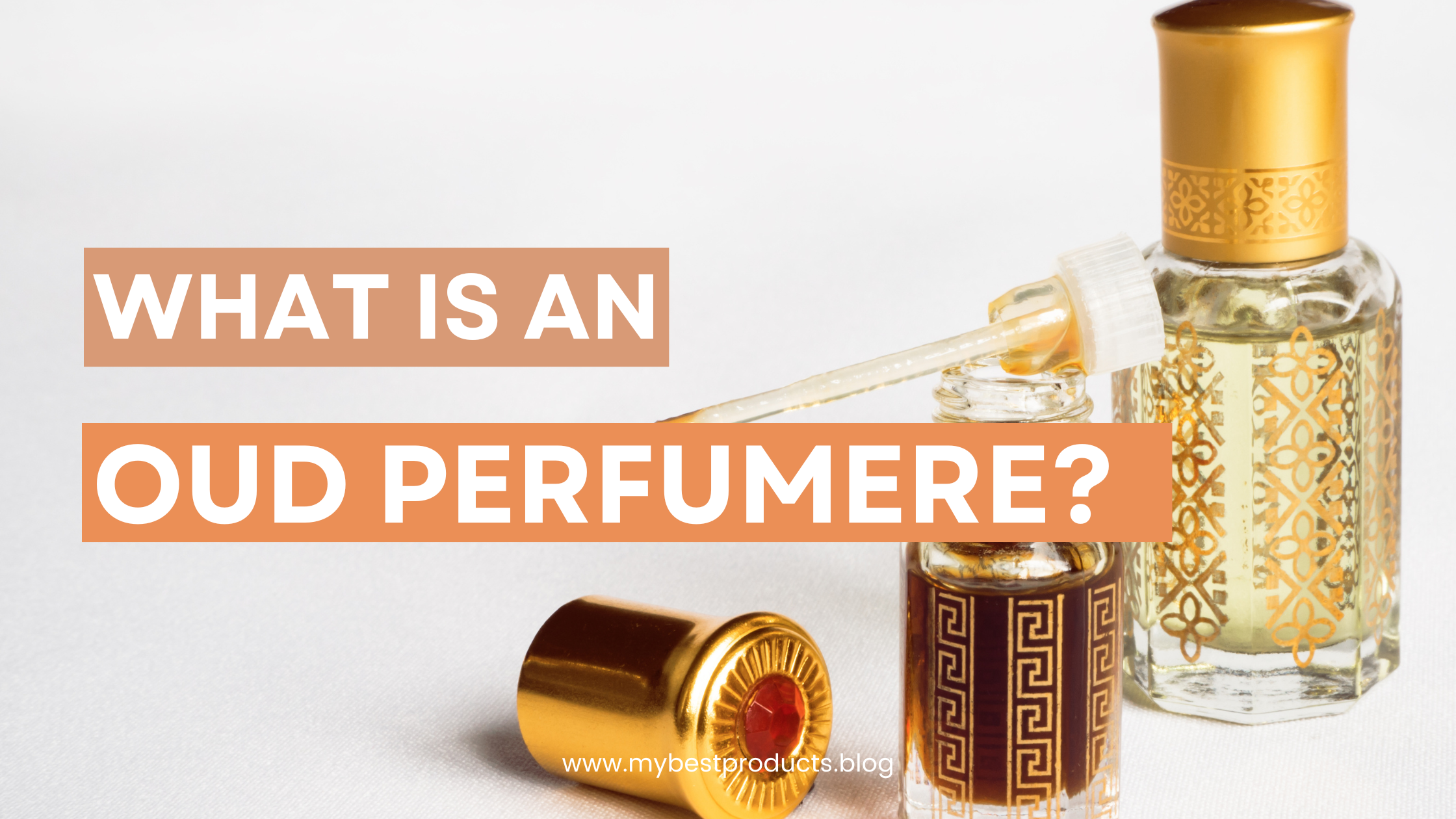What is an oud perfume?
Known for its luxurious and exotic qualities, oud perfume has a woody and musky aroma. The key ingredient in an oud perfume is oud oil. In recent years, oud perfume has become increasingly popular among fragrance enthusiasts worldwide and can be used by both men and women. Do you wonder why?

Known for its luxurious and exotic qualities, oud perfume has a woody and musky aroma. The key ingredient in an oud perfume is oud oil. In recent years, oud perfume has become increasingly popular among fragrance enthusiasts worldwide and can be used by both men and women.
Do you wonder why?
It is because oud oil is a rare and precious ingredient, and its scarcity adds to the exclusivity and luxury of oud perfumes. In addition, oud perfume has a unique and complex scent profile that appeals to those who appreciate the art of perfumery and are looking for something different from traditional fragrances. The woody, musky, and slightly sweet notes of oud oil can add depth and sophistication to a fragrance composition, making it stand out from other perfumes.
1. What is oud?
Oud, also known as agarwood, is a resinous wood from the Aquilaria tree, a tree native to Southeast Asia. When the tree is infected by a specific type of fungus, it produces a resin in response that saturates the wood, changing its colour and scent. This resin-impregnated wood is known as agarwood or oud wood.
Oud has been highly prized for centuries for its unique and complex fragrance profile, which can be described as woody, balsamic, and slightly sweet, with a hint of smokiness. Due to its rarity and unique scent, oud is one of the most expensive raw materials used in the perfumery, with some oud oils costing several thousand dollars per ounce. In addition to its use in perfumery, oud is also used in traditional medicine, incense, and religious ceremonies in many cultures across Southeast Asia and the Middle East.
2. How oud oil is used in perfume making?
Oud oil is extracted from the resinous heartwood of the agarwood tree, which is typically removed from trees that have been naturally infected with a specific type of fungus, or from cultivated trees that have been intentionally inoculated with the fungus. Once the resinous wood is removed, it is carefully processed to extract the precious oud oil.
Oud oil is often used as a base note in perfumes, providing a rich, woody foundation upon which other notes can be layered. It is important to note that oud oil is highly concentrated, so only a small amount is needed to create a lasting scent. Perfumers may blend oud oil with other essential oils and aroma compounds to create a unique fragrance that is balanced and well-rounded.
The use of oud oil in perfume making requires a careful balance of skill and artistry to create a scent that is both beautiful and harmonious.
3. Characteristics of oud perfume
In oud perfumes, the oud oil is often combined with other ingredients to create a balanced and nuanced fragrance. Some common notes that are used in conjunction with oud oil include:
- Rose: Rose is a classic pairing with oud and adds a floral, sweet note to the fragrance.
- Saffron: Saffron is often used to enhance the spiciness and warmth of oud, creating a rich and complex aroma.
- Sandalwood: Sandalwood has a creamy, woody aroma that complements the earthy and smoky notes of oud.
- Amber: Amber adds a warm and resinous note to oud perfumes, enhancing their longevity and depth.
Oud perfume has a rich and luxurious scent profile that can be enjoyed by both men and women. The complex and exotic aroma of oud has made it a sought-after ingredient in high-end perfumes.
Oud is used in different types of perfumes:
- Woody perfumes: Oud's woody aroma makes it a perfect fit for woody perfumes. In this type of fragrance, oud is often paired with other woody notes such as cedar, sandalwood, or patchouli, creating a rich and earthy scent.
- Floral perfumes: Oud's slightly sweet aroma can also complement floral scents, especially rose. Oud can add depth and complexity to the floral notes, making the fragrance more intriguing and captivating.
- Oriental perfumes: Oud is a key ingredient in many traditional Middle Eastern and Oriental perfumes, where it is often combined with other exotic ingredients. The resulting fragrance is warm, spicy, and sensual, with a hint of smokiness from the oud oil.
- Modern perfumes: In modern perfumery, oud is often used to add a touch of luxury and sophistication to a fragrance. It can be combined with a variety of other notes, such as vanilla, fruit, or spices, to create a unique and memorable scent.
3. How to choose an oud perfume?
Choosing an oud perfume can be a daunting task, especially if you are not familiar with the different types of oud fragrances and their scent profiles.
- Research the different types of oud perfumes: There are many different types of oud perfumes, including woody, floral, oriental, and modern fragrances. Learn about the different types of oud perfumes and their scent profiles to help you choose a fragrance that suits your personal taste.
- Consider the concentration of the fragrance: Oud perfumes are available in different concentrations, such as eau de parfum, eau de toilette, and perfume extract. The concentration of the fragrance affects its longevity and intensity. If you prefer a stronger and longer-lasting scent, opt for a perfume extract or eau de parfum. If you prefer a lighter scent, go for an eau de toilette.
- Test the fragrance: Always test a fragrance before you buy it. Visit a perfume store or counter and try different oud perfumes on your skin. Let the fragrance settle for a few hours to see how it develops on your skin. If you are buying online, try to get a sample or tester first before committing to a full bottle.
- Consider the occasion and season: Oud perfumes can be suitable for different occasions and seasons. Choose a lighter fragrance for daytime wear and a stronger fragrance for evening wear. Consider the season and weather when choosing a fragrance, opting for lighter, fresher scents in the summer and warmer, spicier scents in the winter.
- Trust your instincts: Ultimately, choose a fragrance that resonates with you and makes you feel confident and comfortable. Don't be swayed by marketing or hype - trust your instincts and choose a fragrance that reflects your personal style and taste.

